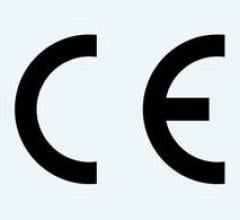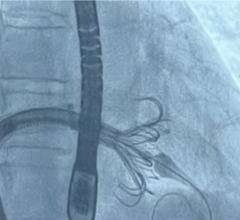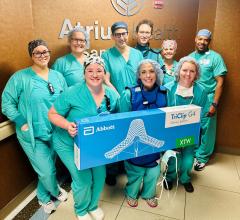
June 15, 2018 — LivaNova PLC announced it received U.S. Food and Drug Administration (FDA) 510(k) clearance for its Memo 4D semi-rigid mitral annuloplasty ring. The company also confirmed the first implantation of the device.
Memo 4D, LivaNova’s next-generation of the Memo device family, now offers a broader range of ring sizes from 24 to 42mm, allowing an additional patient population with mitral regurgitation (MR) to be treated. Memo 4D is the only annuloplasty ring on market to offer the 42mm size, according to LivaNova1. Larger size rings facilitate repair in the presence of severe degenerative MR like Barlow’s disease or enlarged annuli.
Additional features of Memo 4D include:
- ReChord chordal guide system accelerates procedure times, while providing a standardized approach to neochordae implantation;
- New ring design offers improved dimensions to treat enlarged annuli and reduce the risk of systolic anterior motion (SAM);
- True semi-rigid stability and flexibility to ensure a natural behavior; and
- Gradual saddle shape optimizes the physiological geometry in enlarged annuli.
The first Memo 4D implant was performed by Sreekumar Subramanian, M.D., FACS, of TriStar Cardiovascular Surgery at TriStar Centennial Medical Center in Nashville.
“Memo 4D simplifies and standardizes degenerative complex mitral valve repair, facilitates minimally invasive surgical approaches and preserves the mobility of the mitral valve leaflets,” said Subramanian. “The new larger sizes allow us to treat more patients and pathologies while providing the potential to further improve patient outcomes. With Memo 4D, surgeons can optimize mitral repair procedures rather than replacing the entire mitral valve.”
For more information: www.livanova.com
Reference
1. Measures correspond to intercommissural distance.


 March 31, 2025
March 31, 2025 








